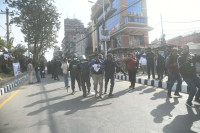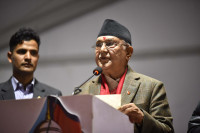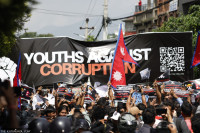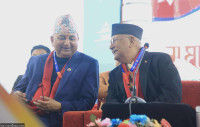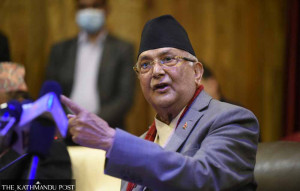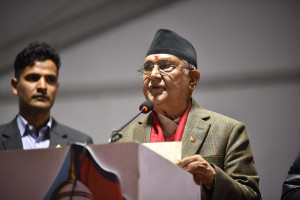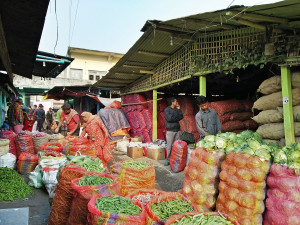Editorial
Elusive opportunities
The political leadership must move to energise both BIMSTEC and SAARC
The fourth Bengal Initiative for Multi-Sectoral Technical and Economic Cooperation (BIMSTEC) Summit is being held next week in Kathmandu.
Envisioned as a bridge between South and Southeast Asia, the BIMSTEC is thought to interweave the dynamic region in a web of shared dreams and prosperity. Regional connectivity and poverty alleviation animates the purpose of the regional grouping of which Nepal is the current chair. Leaders of the BIMSTEC are expected to attend the upcoming summit to take stock of the progress and set policies for the regional organisation. Nepal, Bhutan, Bangladesh, India, Myanmar, Thailand and Sri Lanka are members of BIMSTEC.
The SAARC has been continually facing problems owing to India-Pakistan hostilities over issues like Kashmir, terrorism and nuclear issues. Over time, as a function of problems with Pakistan, India’s focus has been changing; and it has been giving more importance to the BIMSTEC than SAARC. But Nepal, as the current chair of both the BIMSTEC and SAARC, should make the most out of both regional organisations and not favour one over the other.
Even though the SAARC never allowed any bilateral issue to be discussed, India-Pakistan rivalry kept on spilling over into the workings of the organisation. As a result, the 2016 SAARC Summit, scheduled to be held in Islamabad, was cancelled after India withdrew from the meeting following the Uri attack, which it blamed on Pakistan.
After India announced it would stay away, Afghanistan, Bangladesh and Bhutan pulled out too. The SAARC has time and again failed to achieve the objectives it initially set for itself—ensuring regional stability and expediting economic growth. Instead, there has been a deterioration in regional peace and security. A region of disjointed congruity is what best describes the South Asian region.
Too many agendas coupled with their poor implementation have rendered both the BIMSTEC and SAARC ineffective until now. To overcome these issues and to turn both the regional organisations into vibrant setups like the Association of Southeast Asian Nations (ASEAN) or the European Union (EU), the political leadership must exhibit strong commitment. It must also give importance to allocating funds and providing institutional support. And it goes without saying that leaders from the participating nations must be frequently engaged and committed.
The BIMSTEC could provide a fertile ground for Nepal to enhance trade and improve connectivity through roads, airways and transmission lines with Southeast Asian countries with whom Nepal has had limited engagement in the past. For example, Nepal’s exports to Thailand have been negligible until now. Through improved connectivity with Thailand, Nepal could diversify its trade destinations and possibly export products like handicraft in which it has a comparative advantage. The same with Myanmar. High transportation costs have hindered trade between the two countries. With improved connectivity, Nepal could export carpet and tea to Myanmar.
More importantly, small countries like ours, which have no major geopolitical rivalry, have the moral authority to ask the big powers to work together and act responsibly. This is where Nepal can, and should, play a key role.




 7.12°C Kathmandu
7.12°C Kathmandu